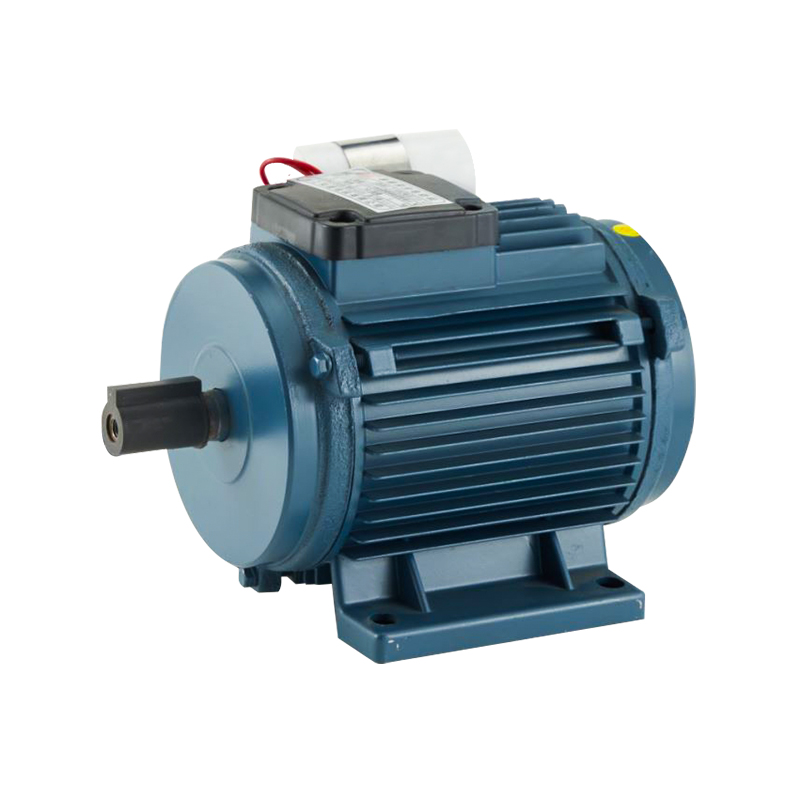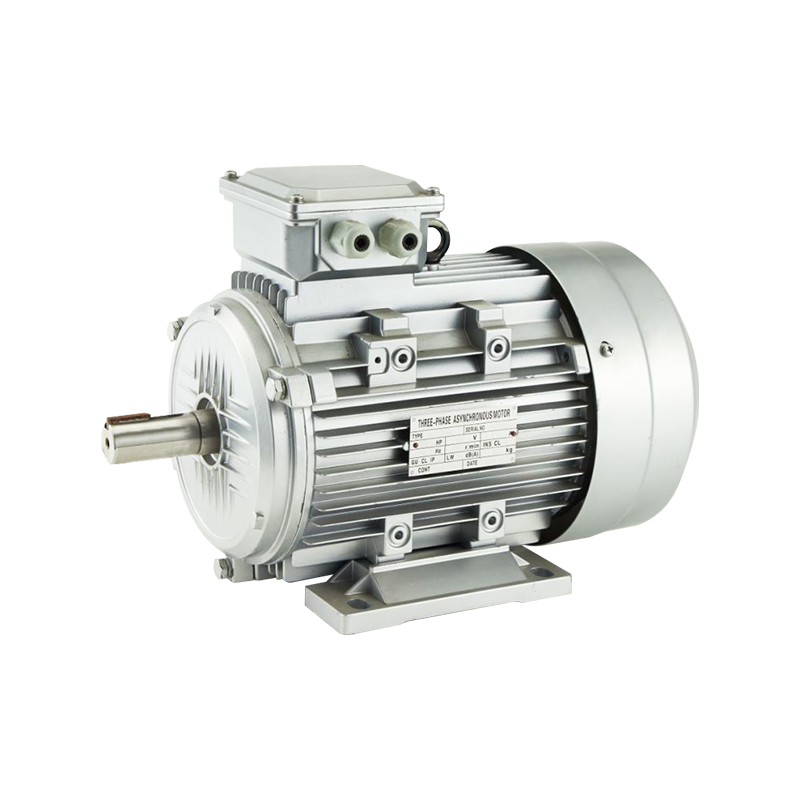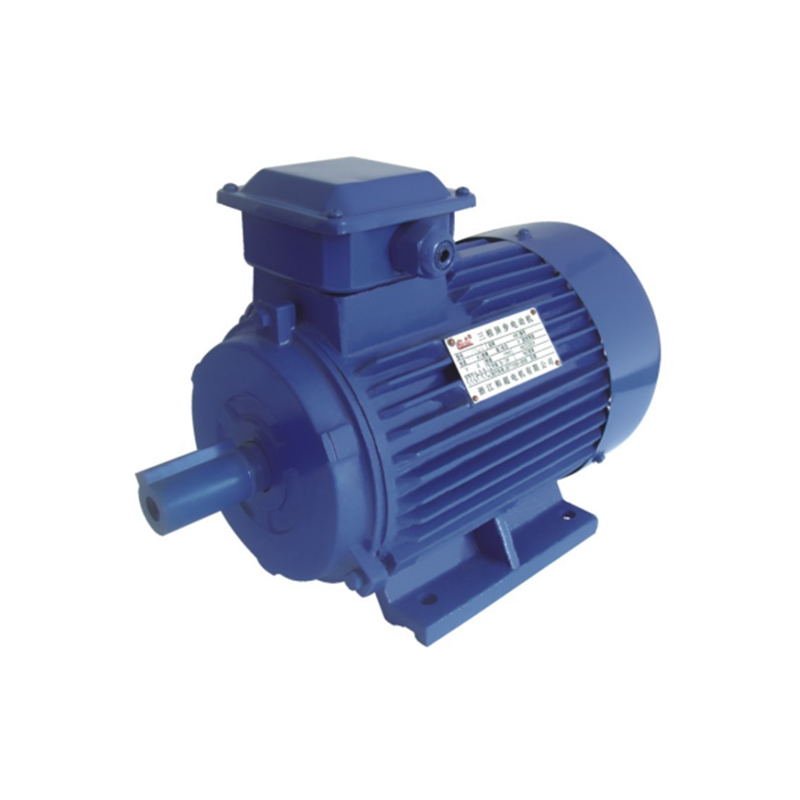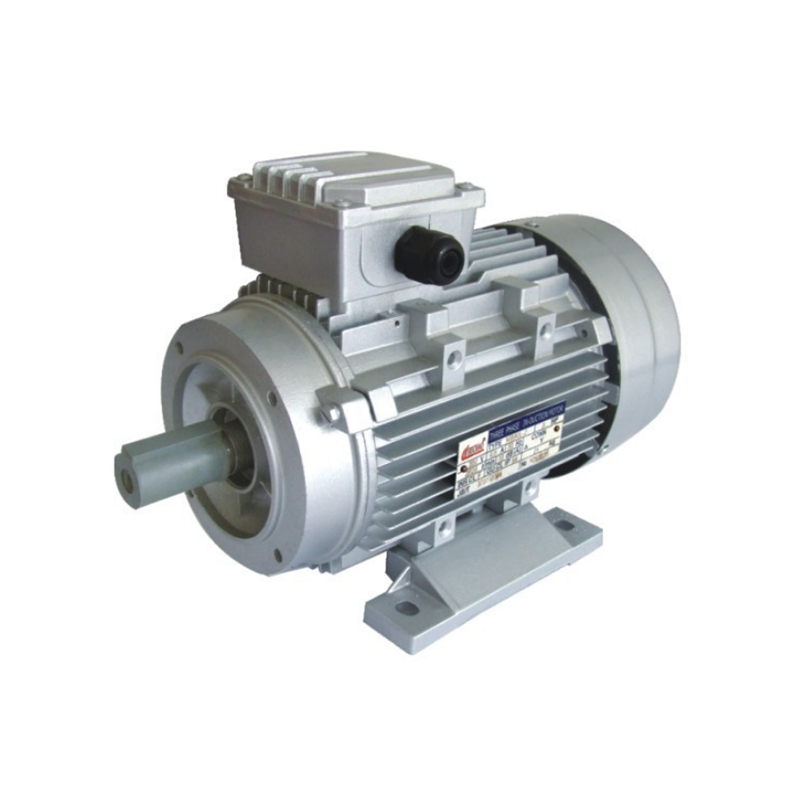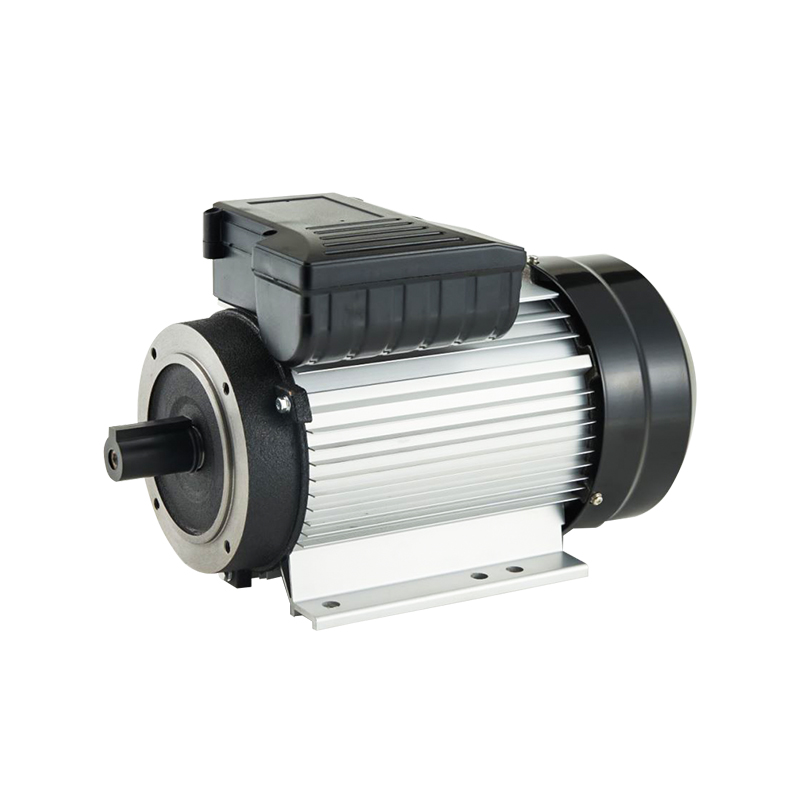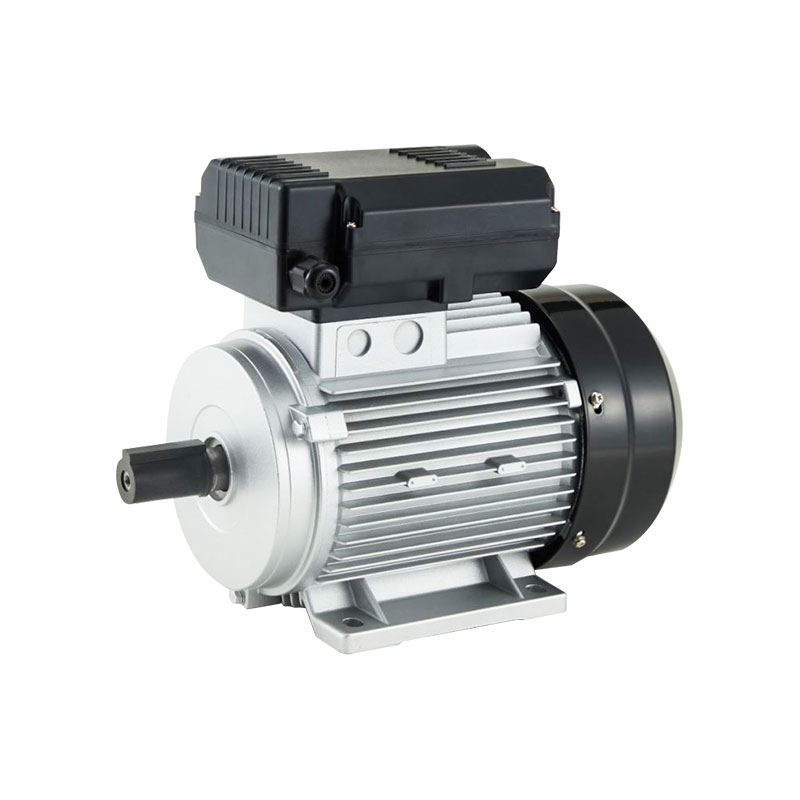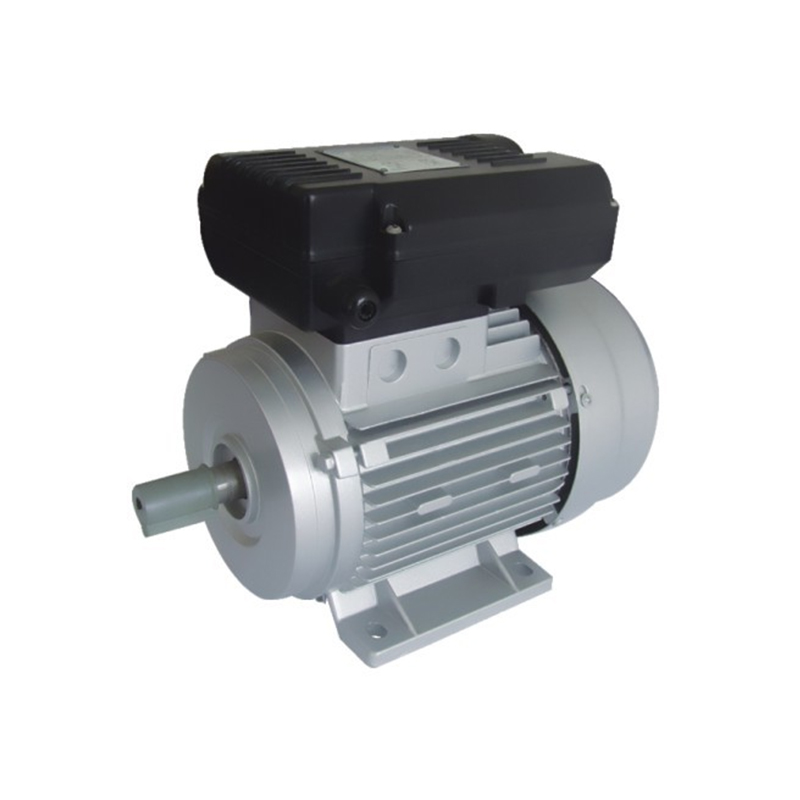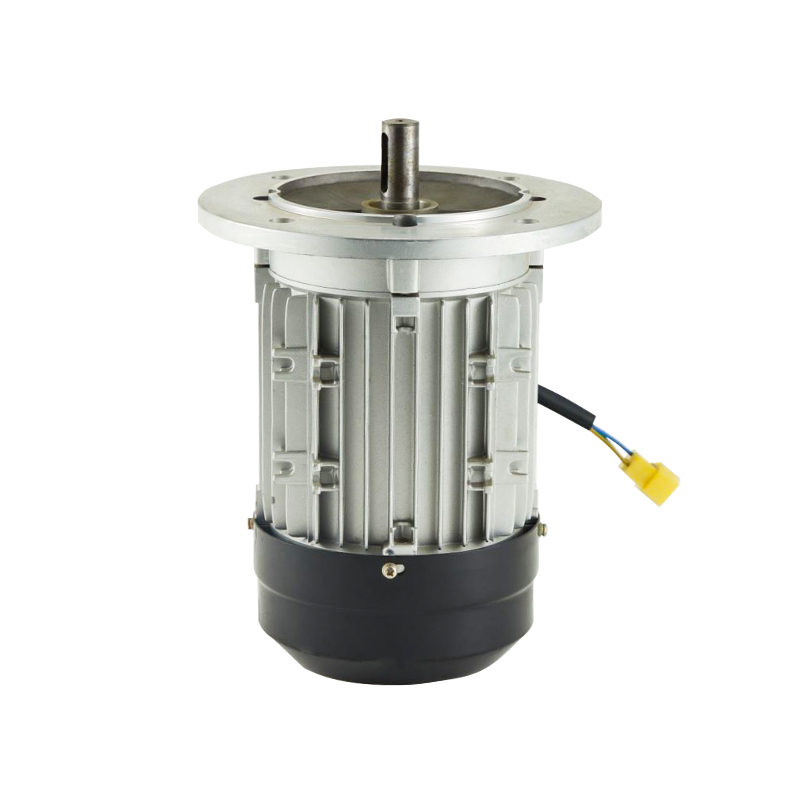Energy efficiency is a major priority for industries worldwide, and the manufacturing sector is no exception. As an electric motor manufacturer, Zhejiang Hechao Motor Co., Ltd. is committed to producing motors that not only meet the high standards of performance but also optimize energy consumption.
Key Factors in Improving Energy Efficiency in Electric Motors
1. Variable Speed Drives (VSDs)
A significant innovation in improving energy efficiency is the introduction of Variable Speed Drives (VSDs). VSDs allow the motor to adjust its speed based on the actual load it is driving, which is ideal for Cleaning Machine Motor. For example, floor scrubbers and industrial vacuums often don’t require full motor speed throughout their entire operating cycle. With VSDs, the motor can adjust its speed to match the cleaning requirements, ensuring that energy is used only when necessary.
Reduced Energy Consumption: By adjusting motor speed to match load requirements, VSDs help reduce energy consumption, especially in equipment that does not need to run at full power all the time.
Lower Wear and Tear: VSDs also help extend the lifespan of motors by preventing them from operating at maximum capacity continuously.
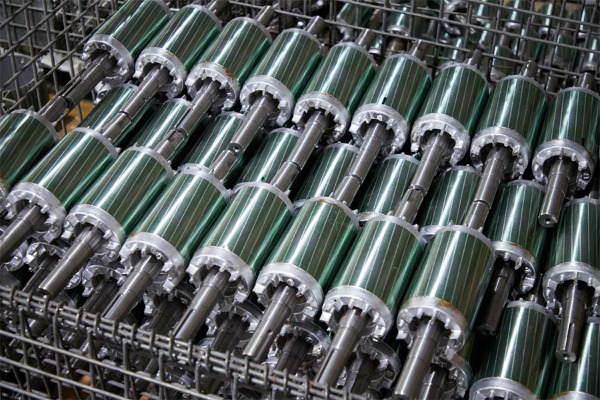
2. Advanced Motor Design
The design of an electric motor plays a significant role in its overall efficiency. Manufacturers are continuously improving motor designs to enhance energy efficiency while maintaining performance.
Optimized Windings: Modern motors use optimized winding techniques that reduce energy losses. These windings are designed to maximize electromagnetic efficiency, ensuring that more energy is converted into mechanical power.
High-Quality Materials: The use of high-quality materials, such as copper windings and rare-earth magnets, improves the efficiency of the motor by reducing internal resistance and heat generation.
Magnetic Field Control: Advanced techniques in controlling magnetic fields within the motor have significantly improved the efficiency of newer electric motors. By reducing energy lost to heat and friction, these motors provide more reliable and efficient performance.
3. Improved Cooling Systems
Another key factor in enhancing motor efficiency is the integration of advanced cooling systems. Overheating is a common issue that can cause motors to lose efficiency and wear out prematurely. By incorporating better cooling methods, such as optimized airflow or liquid cooling systems, Electric Motor Manufacturers ensure that the motor runs within its ideal temperature range, thus improving energy efficiency.
Air Cooling: Many motors use fans to direct airflow across the motor to dissipate heat, but more advanced systems use sophisticated designs to cool motors more effectively.
Liquid Cooling: Some high-performance motors, especially those used in heavy-duty cleaning machines, incorporate liquid cooling systems that can efficiently manage heat, even under continuous operation.
4. Integration of Smart Technologies
The advent of smart technologies in electric motors has opened new possibilities for energy efficiency. With the integration of sensors and connectivity, motors can now provide real-time data on energy consumption, operational status, and potential inefficiencies.
Smart Sensors: Sensors within the motor can detect when the motor is underperforming, alerting the user to maintenance issues or inefficiencies. This enables proactive maintenance, reducing downtime and energy wastage.
Remote Monitoring: For larger commercial operations, remote monitoring systems allow operators to track energy usage in real-time, identify areas of improvement, and optimize machine performance.
To learn more about how our energy-efficient motors can benefit your cleaning machines, feel free to reach out to us or explore our products online.

